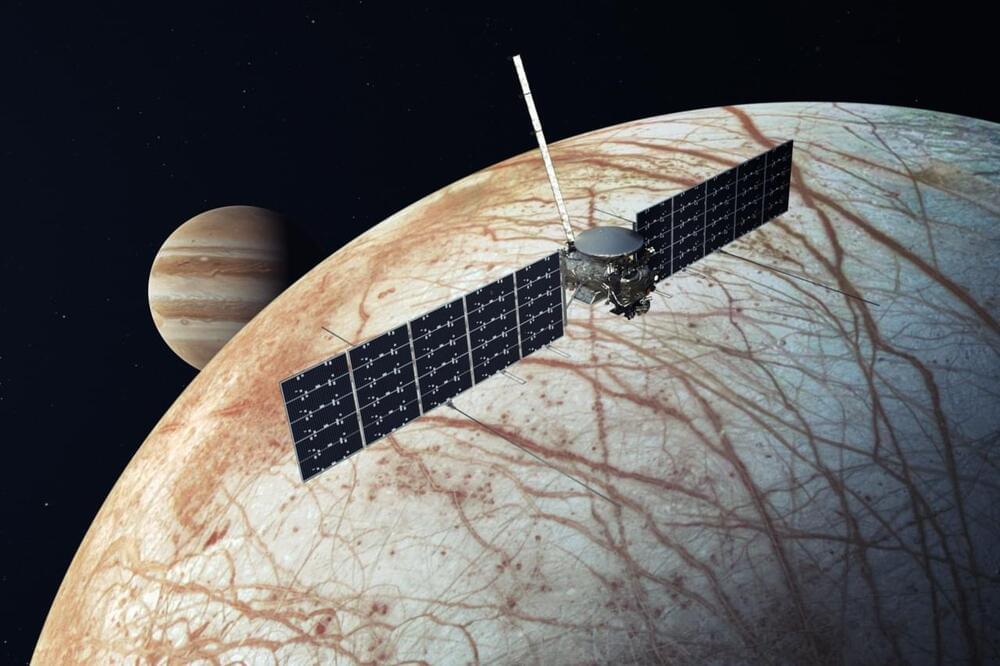For the past fifty years of space exploration, mass spectrometry has provided unique chemical and physical insights on the characteristics of other planetary bodies in the Solar System. A variety of mass spectrometer types, including magnetic sector, quadrupole, time-of-flight, and ion trap, have and will continue to deepen our understanding of the formation and evolution of exploration targets like the surfaces and atmospheres of planets and their moons. An important impetus for the continuing exploration of Mars, Europa, Enceladus, Titan, and Venus involves assessing the habitability of solar system bodies and, ultimately, the search for life—a monumental effort that can be advanced by mass spectrometry. Modern flight-capable mass spectrometers, in combination with various sample processing, separation, and ionization techniques enable sensitive detection of chemical biosignatures.
Category: alien life – Page 88
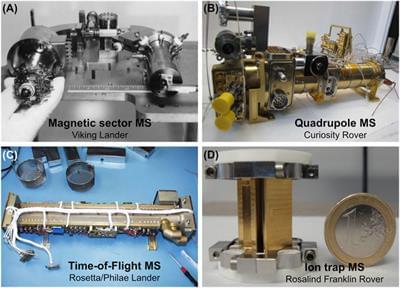
Planetary Mass Spectrometry for Agnostic Life Detection in the Solar System
Circa 2021
For the past fifty years of space exploration, mass spectrometry has provided unique chemical and physical insights on the characteristics of other planetary bodies in the Solar System. A variety of mass spectrometer types, including magnetic sector, quadrupole, time-of-flight, and ion trap, have and will continue to deepen our understanding of the formation and evolution of exploration targets like the surfaces and atmospheres of planets and their moons. An important impetus for the continuing exploration of Mars, Europa, Enceladus, Titan, and Venus involves assessing the habitability of solar system bodies and, ultimately, the search for life—a monumental effort that can be advanced by mass spectrometry. Modern flight-capable mass spectrometers, in combination with various sample processing, separation, and ionization techniques enable sensitive detection of chemical biosignatures. While our canonical knowledge of biosignatures is rooted in Terran-based examples, agnostic approaches in astrobiology can cast a wider net, to search for signs of life that may not be based on Terran-like biochemistry. Here, we delve into the search for extraterrestrial chemical and morphological biosignatures and examine several possible approaches to agnostic life detection using mass spectrometry. We discuss how future missions can help ensure that our search strategies are inclusive of unfamiliar life forms.
Biosignatures are the tantalizing chemical and physical imprints associated with life, and the possibility that life exists elsewhere beyond Earth drives us to search for these biosignatures on other planets and moons. The enterprise of space exploration, galvanized by the question of “Are we alone in the Universe?”, demands a stronger understanding of the diversity of biosignatures that life could express, thereby driving payload instruments on board astrobiology missions to offer broader and more advanced detection capabilities. In tandem with cutting-edge instrument platforms, research in data processing and data analysis on Earth-based (Terran) astrobiology analogs and on extraterrestrial materials also serves to increase the breadth of interpretations possible with mission data.
Space Renaissance Art & Science Festival — Berlin 7–9 July 2022
The Festival will take place, from 7 to 9 July 2022, at the Archenhold Observatory in Berlin (Germany).
You are welcome to join the Festival in presence, sizing an excellent opportunity to visit the historic Archenhold Observatory and the beautiful city of Berlin. However, the Festival will be an hybrid conference, therefore virtual attendees are welcome as well.
Register here for free: https://spacerenaissance.space/register-to-the-space-renaiss…rlin-2022/
A detailed programme, and all the information — including logistics and hotels accommodations — are ** available on this page:**
**The agenda, in brief:** * The first day, 7 of July, focuses on ** Space Philosophy & Policy**, with a Panel on Civilian Space Development — How to accelerate it? How to support new space industry to achieve the goal of kicking off civilian space development within 2030? What should space agencies do, and what should the space activist organizations do? * The 8 of July, ** Astronauts and Civilians, Science & Tech Day**, will see two panels: on Space Habitats and Analog Training; Space Night, after dinner: Night Observation at the giant telescope * The 9 of July, the ** Space Art Day**, with two art panels, in German and English language.
The programme includes several keynote speakers, e.g. Seth Shostak (SETI), Giuseppe Reibaldi and John Mankins (Moon Village Association), Michelle Hanlon (NSS President), Bob Zubrin (Mars Society Founder), Jan Wörner (former ESA Director General), Bernard Foing (SRI President, chair of ITACCUS and EuroMoonMars). Many experts will tell us what’s going on on the edge of space settlement, science, art and exploration.
Several space artists will present their artworks, including: Priscilla Thomas, Mary Kuiper, Barbara King, and many members of the MoonMars art group.
The Festival will host the GALIX Congress 2022.
Surveying for Habitable Interstellar Star Systems
Visit https://brilliant.org/isaacarthur/ to get started learning STEM for free, and the first 200 people will get 20% off their annual premium subscription.
One day humanity might journey to new worlds and settle them, or discover life already on them, but first we’ll have to find those exoplanets under aliens suns.
International Space Development Conference Registration: https://isdc2022.nss.org.
Visit our Website: http://www.isaacarthur.net.
Support us on Patreon: https://www.patreon.com/IsaacArthur.
Support us on Subscribestar: https://www.subscribestar.com/isaac-arthur.
Facebook Group: https://www.facebook.com/groups/1583992725237264/
Reddit: https://www.reddit.com/r/IsaacArthur/
Twitter: https://twitter.com/Isaac_A_Arthur on Twitter and RT our future content.
SFIA Discord Server: https://discord.gg/53GAShE
Listen or Download the audio of this episode from Soundcloud: Episode’s Audio-only version: https://soundcloud.com/isaac-arthur-148927746/surveying-for-…ar-systems.
Episode’s Narration-only version: https://soundcloud.com/isaac-arthur-148927746/surveying-for-…ation-only.
Credits:
Surveying for Habitable Interstellar Star Systems.
Science & Futurism with Isaac Arthur.
Episode 343, May 19, 2022
Written, Produced & Narrated by Isaac Arthur.
Editors:
Andrew Nelson.
Curt Hartung.
David McFarlane.
Cover Art:

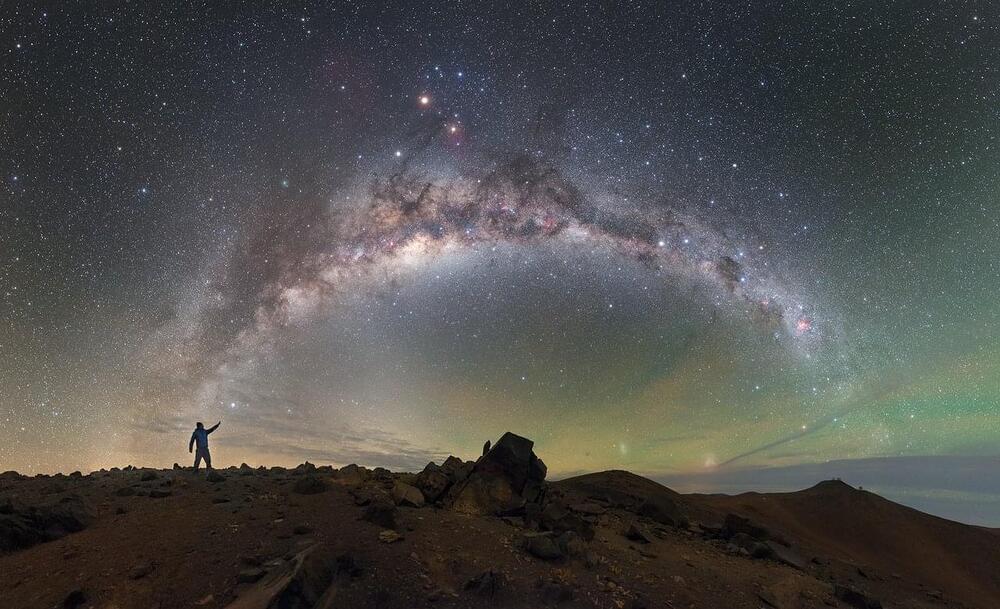
Humanity Will Need to Survive About 400,000 Years if We Want any Chance of Hearing From an Alien Civilization
Can humanity last another 400,000 years? We might have to if we want to talk to another technological civilization.
If there are so many galaxies, stars, and planets, where are all the aliens, and why haven’t we heard from them? Those are the simple questions at the heart of the Fermi Paradox. In a new paper, a pair of researchers ask the next obvious question: how long will we have to survive to hear from another alien civilization?
Their answer? 400,000 years.

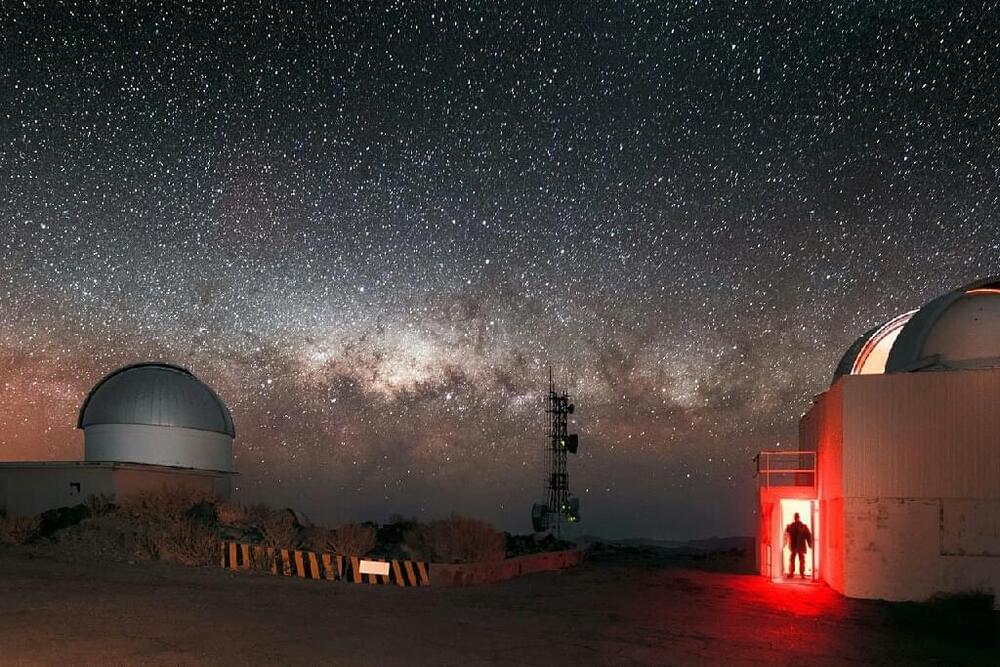
Humans are the Mind of the Cosmos to The Unnerving Origin of Technosignatures
This week’s “Heard in the Milky Way” offers audio and video talks and interviews with leading astronomers and astrophysicists that range from Would Data from an Alien Intelligence be Lethal for Us to Neal Stephenson on Sci-Fi, Space, Aliens, AI and the Future of Humanity to Is Alien Life Weirder than We Think, and much more. This new weekly feature, curated by The Daily Galaxy editorial staff, takes you on a journey with stories that change our knowledge of Planet Earth, our Galaxy, and the vast cosmos beyond.
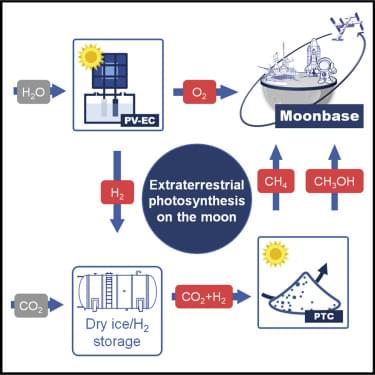
Extraterrestrial photosynthesis
“In light of significant efforts being taken toward manned deep space exploration, it is of high technological importance and scientific interest to develop the lunar life support system for long-term exploration. Lunar in situ resource utilization offers a great opportunity to provide the material basis of life support for lunar habitation and traveling. Based on the analysis of the structure and composition, Chang’E-5 lunar soil sample has the potential for lunar solar energy conversion, i.e., extraterrestrial photosynthetic catalysts. By evaluating the performance of the Chang’E-5 lunar sample as photovoltaic-driven electrocatalyst, photocatalyst, and photothermal catalyst, full water splitting and CO2 conversion are able to be achieved by solar energy, water, and lunar soil, with a range of target product for lunar life, including O2, H2, CH4, and CH3OH. Thus, we propose a potentially available extraterrestrial photosynthesis pathway on the moon, which will help us to achieve a “zero-energy consumption” extraterrestrial life support system.”
Chang’E-5 lunar soil was used as the lunar extraterrestrial photosynthetic catalyst for water splitting and CO2 conversion. Solar energy and water were converted into a wide range of valuable products for lunar life support, including O2, H2, CH4, and CH3OH. A “zero-energy consumption” extraterrestrial life support system was thus proposed.
